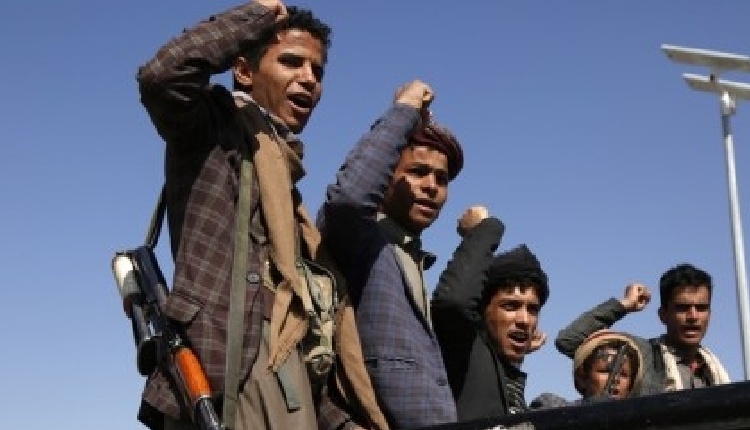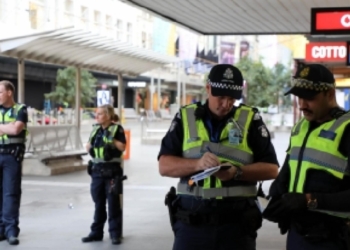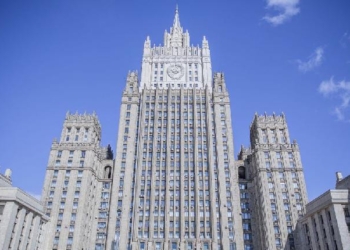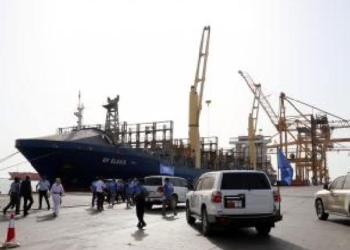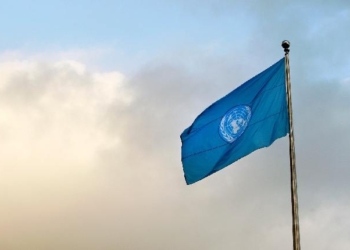Tehran: Iran has called a summit in Tehran with its regionally allied militias to prepare a retaliation against Israel after the killing of Hamas leader Ismail Haniyeh in the Iranian capital. But which groups are part of the Axis of Resistance – which stretches from Iran to Yemen, passing through Gaza, Iraq and Syria – against whom Benjamin Netanyahu has declared he wants to continue the “existential war”? Adnkronos news agency reports:
Hamas
Designated as a terrorist organisation by the United States and the European Union, founded in 1987 during the first Palestinian Intifada, it is an offshoot of the Egyptian Muslim Brotherhood. For years, Iran has provided limited material support to the Islamic resistance group, which is Sunni and with which it has often found itself on the opposite side of the fence, as in Syria, where Tehran supported the government of President Bashar al-Assad, while Hamas supported the anti-regime rebels. But one goal unites them beyond their differences: the destruction of Israel. Before the war that began on October 7, it had about 20,000 militants.
Islamic Jihad
With around 1,000 members, it is the smaller of the two main militant groups based in the Gaza Strip and the closest to Iran. Founded in 1981, the Sunni militant group was inspired by Iran’s Islamic revolution two years earlier. Given Tehran’s ambition to establish a foothold in the occupied Palestinian territories, Iran has provided the group with significant financial support and weapons.
Hezbollah
The “Party of God” emerged in 1982 as a paramilitary militia during the Lebanon-Israel conflict, with the support of Iran, which sought to unite a variety of Lebanese Shiite militant groups into a unified organization. Its leaders are modeled after Ayatollah Khomeini, and its military forces were trained and organized by a contingent of the Islamic Revolutionary Guard Corps. The heavily-armed group shares Iranian Shiite Islamist ideology and is widely considered more powerful than the Lebanese state.
Houthis
Formed in 1992, the movement took control of much of Yemen during the civil war that began in 2014, when it captured Sanaa and overthrew the Saudi-backed government. They belong to the Zaydi sect of Shiite Islam. On October 31, they announced that they had entered the conflict between Israel and Gaza by launching drones and missiles toward the Jewish state and into the Red Sea against all US and British merchant ships and warships participating in the “aggression.”
Islamic Resistance in Iraq
An umbrella group that brings together several armed Shiite Islamist factions, it has been responsible for several attacks against U.S. forces in Iraq and Syria, the deadliest of which was on January 28, when a drone killed three American soldiers at a border base in Jordan. The United States responded with heavy retaliatory air strikes against Iran-linked targets in Syria and Iraq.
Syria
The government of President Bashar al-Assad is part of the Axis of Resistance, but has not played a direct role in the current conflict. However, there have been attacks by Iranian-backed militias against US forces in the east of the country, and Israeli airstrikes in Syria against Iranian personnel and Hezbollah members.
(IANS)




